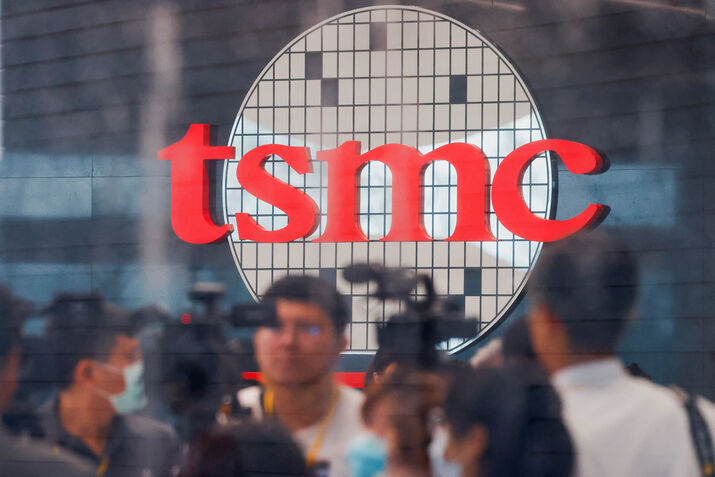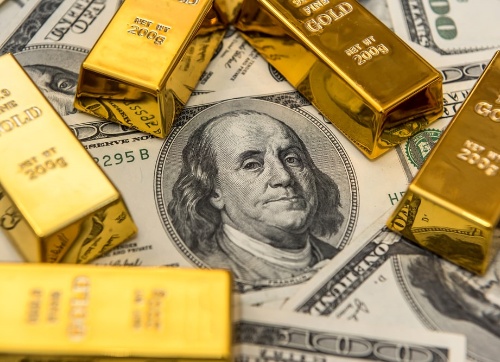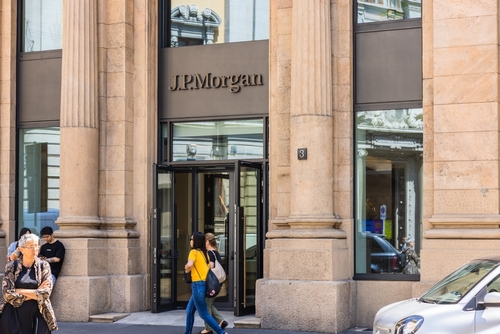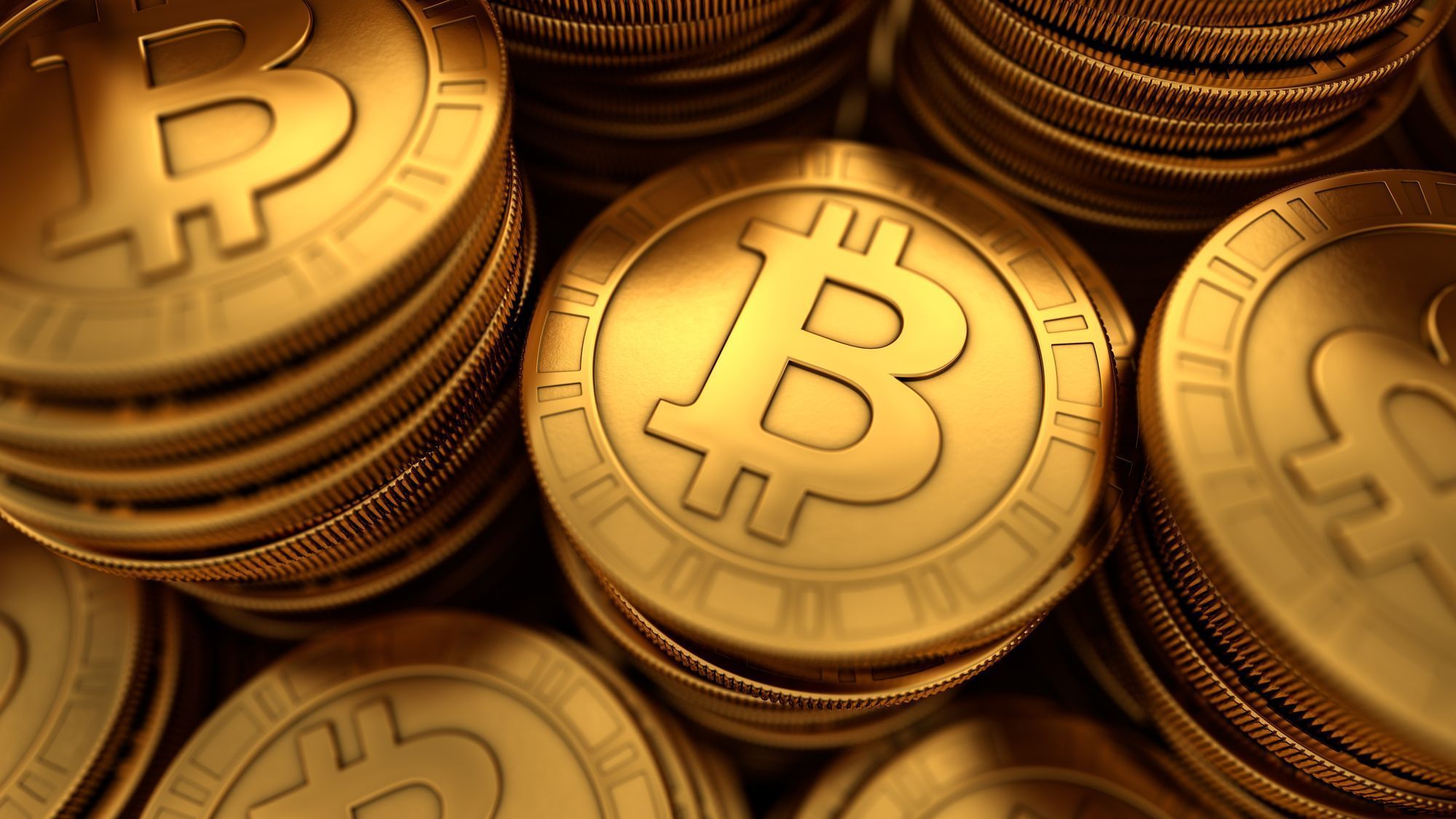Silver Price Forecast: XAG/USD climbs to near $52.00 on fresh US-China trade tensions

- Silver price rises to near $51.90 in Wednesday’s early Asian session.
- Fresh tensions between the US and China could boost the safe-haven flows.
- Fed’s Powell signaled another cut as weak hiring pressures unemployment.
Silver price (XAG/USD) holds positive ground around $51.90 during the early Asian session on Wednesday. The white metal retreats from an all-time high after a historic squeeze in London began to show some signs of easing. However, the potential downside might be limited amid trade tensions and US rate cut expectations.
A rise in Silver price in the previous session is bolstered by concerns over a depleting silver inventory in London, which drove prices to a premium over those seen in New York and prompted traders to ship metals across the Atlantic for a profit. Nonetheless, a historic squeeze in London began to show some signs of easing, which might drag the white metal lower.
Rising trade tension between the US and China boosts the safe-haven flows, benefiting the Silver price. US Trade Representative Jamieson Greer said on Tuesday that US President Donald Trump could slap China with 100% tariffs on November 1 or sooner, depending on Beijing’s next action in a dispute over rare earths.
Bets the Federal Reserve (Fed) will cut interest rates twice more this year might contribute to Silver’s upside. Fed Chair Jerome Powell signaled the Fed is on track to deliver another quarter-point interest-rate reduction later this month, even as a government shutdown significantly reduces its read on the economy. Lower interest rates could reduce the opportunity cost of holding Silver, supporting the non-yielding precious metal.
Silver FAQs
Silver is a precious metal highly traded among investors. It has been historically used as a store of value and a medium of exchange. Although less popular than Gold, traders may turn to Silver to diversify their investment portfolio, for its intrinsic value or as a potential hedge during high-inflation periods. Investors can buy physical Silver, in coins or in bars, or trade it through vehicles such as Exchange Traded Funds, which track its price on international markets.
Silver prices can move due to a wide range of factors. Geopolitical instability or fears of a deep recession can make Silver price escalate due to its safe-haven status, although to a lesser extent than Gold's. As a yieldless asset, Silver tends to rise with lower interest rates. Its moves also depend on how the US Dollar (USD) behaves as the asset is priced in dollars (XAG/USD). A strong Dollar tends to keep the price of Silver at bay, whereas a weaker Dollar is likely to propel prices up. Other factors such as investment demand, mining supply – Silver is much more abundant than Gold – and recycling rates can also affect prices.
Silver is widely used in industry, particularly in sectors such as electronics or solar energy, as it has one of the highest electric conductivity of all metals – more than Copper and Gold. A surge in demand can increase prices, while a decline tends to lower them. Dynamics in the US, Chinese and Indian economies can also contribute to price swings: for the US and particularly China, their big industrial sectors use Silver in various processes; in India, consumers’ demand for the precious metal for jewellery also plays a key role in setting prices.
Silver prices tend to follow Gold's moves. When Gold prices rise, Silver typically follows suit, as their status as safe-haven assets is similar. The Gold/Silver ratio, which shows the number of ounces of Silver needed to equal the value of one ounce of Gold, may help to determine the relative valuation between both metals. Some investors may consider a high ratio as an indicator that Silver is undervalued, or Gold is overvalued. On the contrary, a low ratio might suggest that Gold is undervalued relative to Silver.








